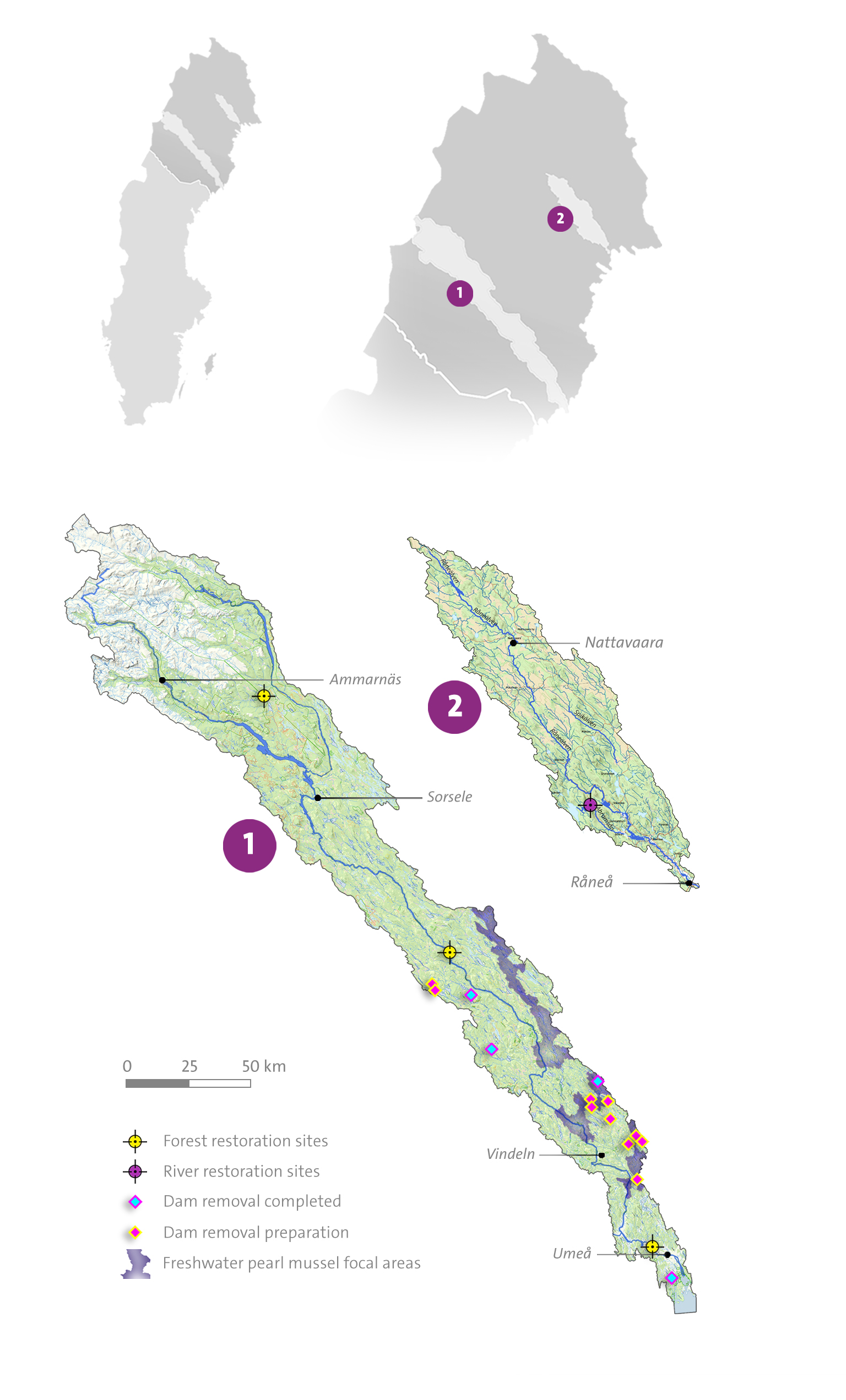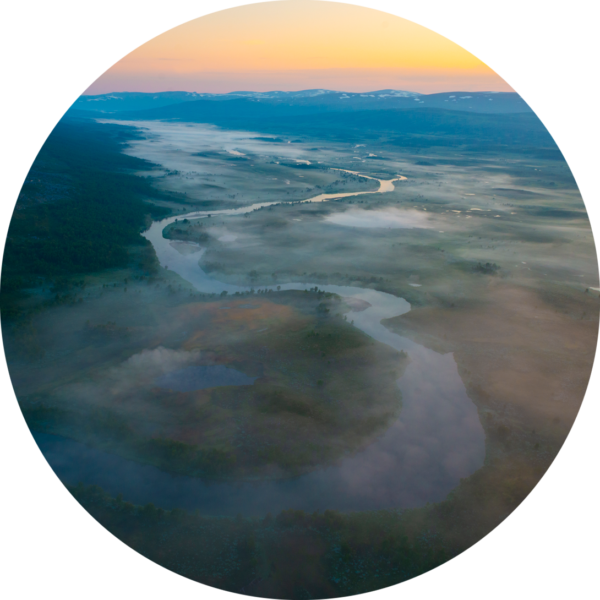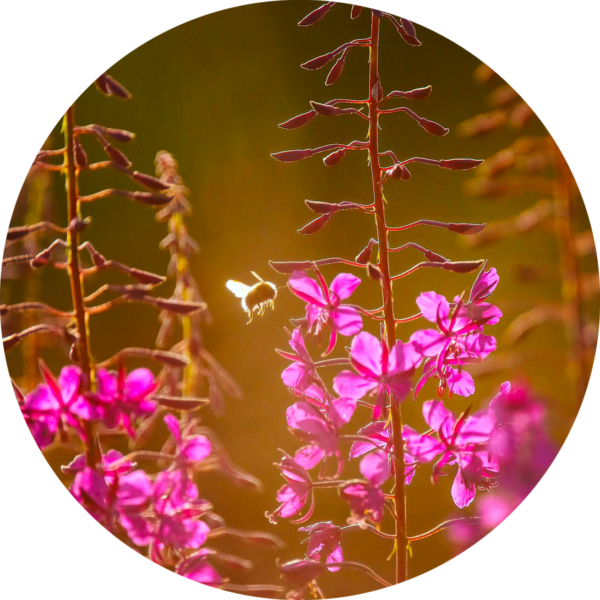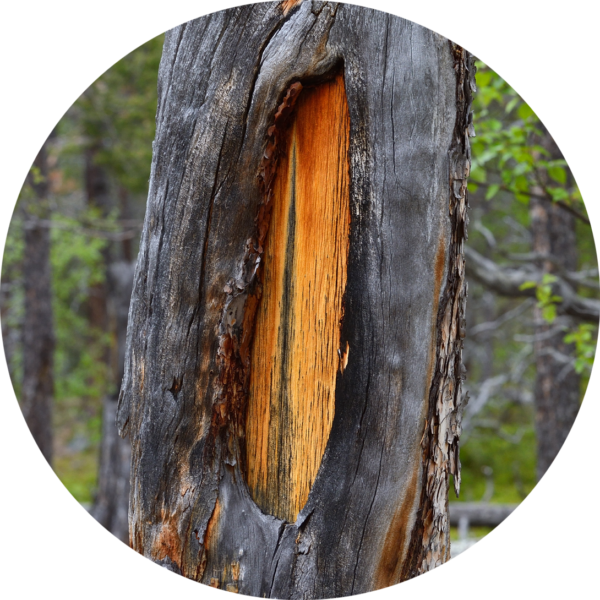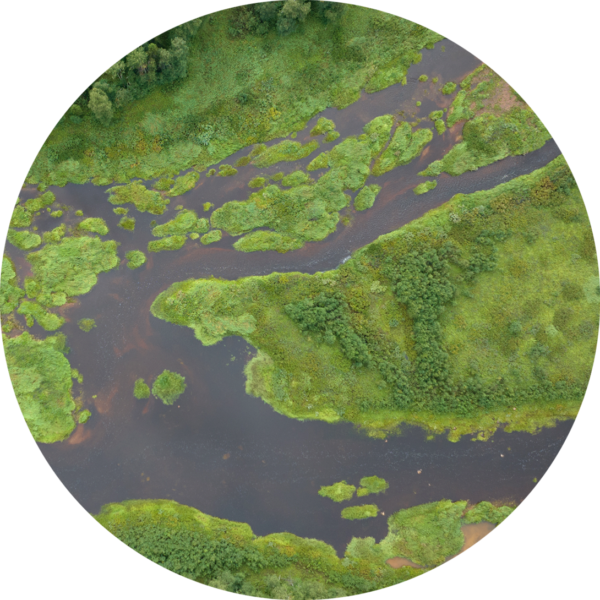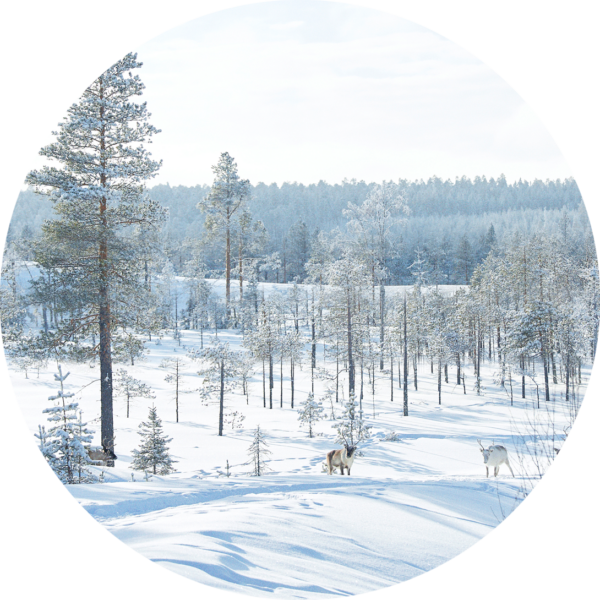Nordic Taiga focal areas
Rewilding Sweden’s focal areas are located within the northernmost Swedish counties of Västerbotten and Norrbotten, together covering a staggering 152 000 square kilometres (15.2 million hectares). Within this vast expanse, we are currently concentrating on two areas – the Vindelälven-Juhttátahkka Biosphere Reserve, and the northern Råne River waterscape. While they differ in certain aspects, these areas are similar in many ways. Neither the Vindel River nor the Råne River have been exploited for hydropower, and the primary challenges for wildlife include exploitation, forestry practices, habitat fragmentation and climate change. Despite these challenges, both regions possess unique natural beauty worth preserving, and offer significant potential for rewilding and nature-based entrepreneurship. Learn more about our specific initiatives here.
1. Vindelälven-Juhttátahkka Biosphere Reserve
’From the mountains to the sea’
The 13 000 square kilometres (1.3 million-hectare) VJBR area consists of the entire Vindel River catchment, along with the lower part of the Ume River catchment (downstream from where the Vindel River joins the Ume River to its outlet in the ocean). The landscape, a UNESCO-designated model area where nature conservation, sustainable development, and research are combined to preserve biodiversity and strengthen human livelihoods, stretches about 500 kilometres from the mountains bordering Norway in the west to the Baltic Sea in the east. Seven Sámi reindeer herding communities use the valley as a migration route (Juhttátahkka) for their reindeer, moving from summer grazing lands in the mountains to winter grazing lands in the coastal lowlands. These villages are Ran, Gran, Svaipa, Malå, Maskaure, Semisjaur-Njarg, and Ubmeje.
Rewilding Sweden’s efforts in the VJBR area focus on forest and river restoration, the creation of reindeer migration corridors, and dam removal as well as wetland restoration. These initiatives are supported by targeted interventions to benefit a diverse range of species, including the white-backed woodpecker, various deciduous tree species, semi-wild reindeer, beavers, trout, and freshwater pearl mussels. Our work with blue-green corridors to facilitate migration routes focuses on strategically selected forest areas and river reaches along the river valley. Our broader waterscape focus, on the other hand, also encompasses forest and river restoration sites elsewhere in the demonstration area where restoration needs are significant.
2. Råne River Waterscape
’Linking heartlands’
The Råne River is Sweden’s largest free-flowing forest river and one of the longest of its kind in Europe. It’s 4 200 square kilometres (420 000-hectare) catchment starts just below of the town of Gällivare in midst Norrbotten and enters into the Baltic Sea 170 kilometres further southeast. On the majority of the land, Gällivare Sami reindeer herding community has its grazing land, but also Udtja, Jåhkågaska tjiellde, Sirges and Turopn have their reindeer within the area parts of the year.
The RRW area is renowned for its natural beauty, fertile landscape, and rich flora. Rewilding Sweden’s primary focus here has been the restoration of rivers previously used for timber floating and restoration of riparian habitats.
